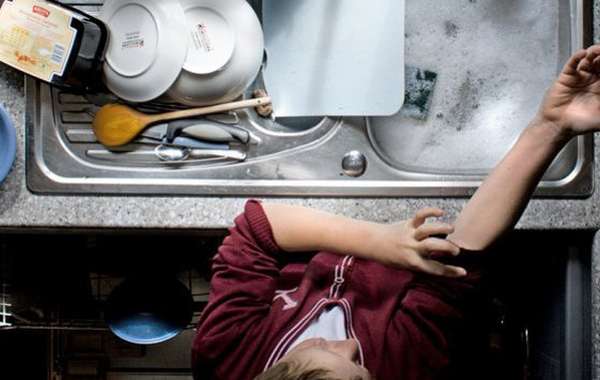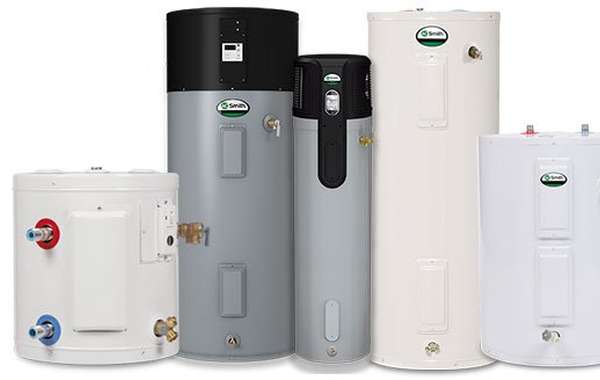We found this video at Whole Systems Design, a New England based company who identify, design, and develop human habitats. In their own words from their website : "We design and implement regenerative food, fuel, and shelter systems that operate on current solar energy. These are homesteads, farms and schools fit for a challenging future of peak oil, climate change and economic transition."
By running water through a giant compost pile, it was brought from 7 °C to a blistering 62 °C. Not much more needs to be said that the video doesn't say. We love seeing stuff like this, if you come up with your own brilliant backyard inventions or hear of one, by all means tip us off.
Now you know about the compost hot water heater. Learn more about sustainable living and building in the Ecohome Green Building Guide and on these pages below :
Learn more about the benefits of a free Ecohome Network Membership here. |



























Hi,
I would like to ask, how long the composting heat were produced (weeks or month long?) Thank you!
Wow!! It does make a theoretical sense. So, how efficient is it? How long will the temperature be in the high ranges? Hot tubs are mainly used during the colder temperatures, and I don’t think the composite pit would be able heat up the water up till 60 °C. If it provides enough efficiency, then it saves a lot of cash in electricity bills. As of now, the best way to save on electricity bills are by proper usage of hot tub covers when no one is using it.
`How long does your compost pile last for making hot water. How often does the pile need stirred. also what kind of method of oxygen introduction do you have. from my understanding, the compost either has to be stirred or have an alternate oxygen source. it must really suck to stir a pile with all that piping in it.
Save for reference.